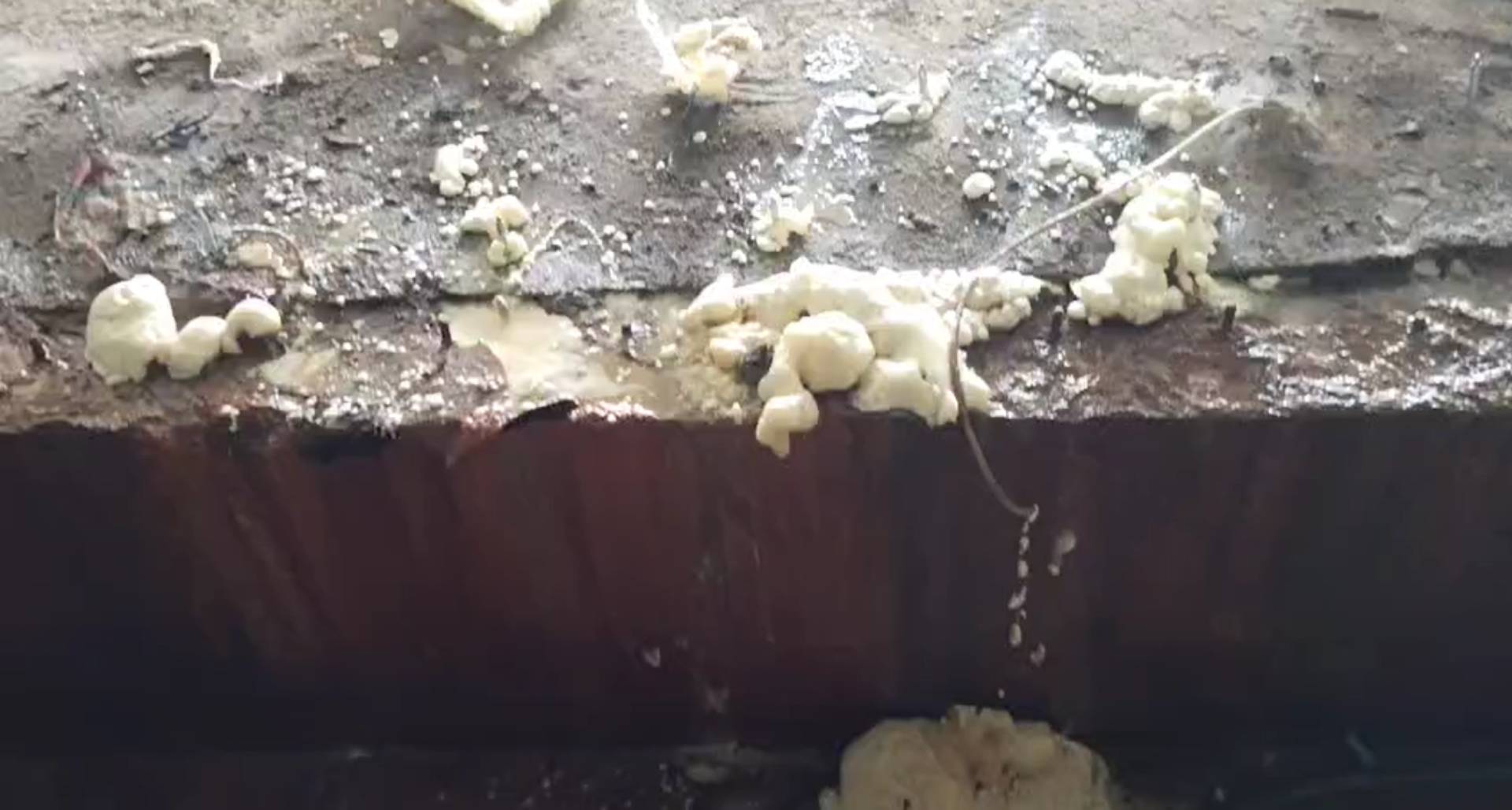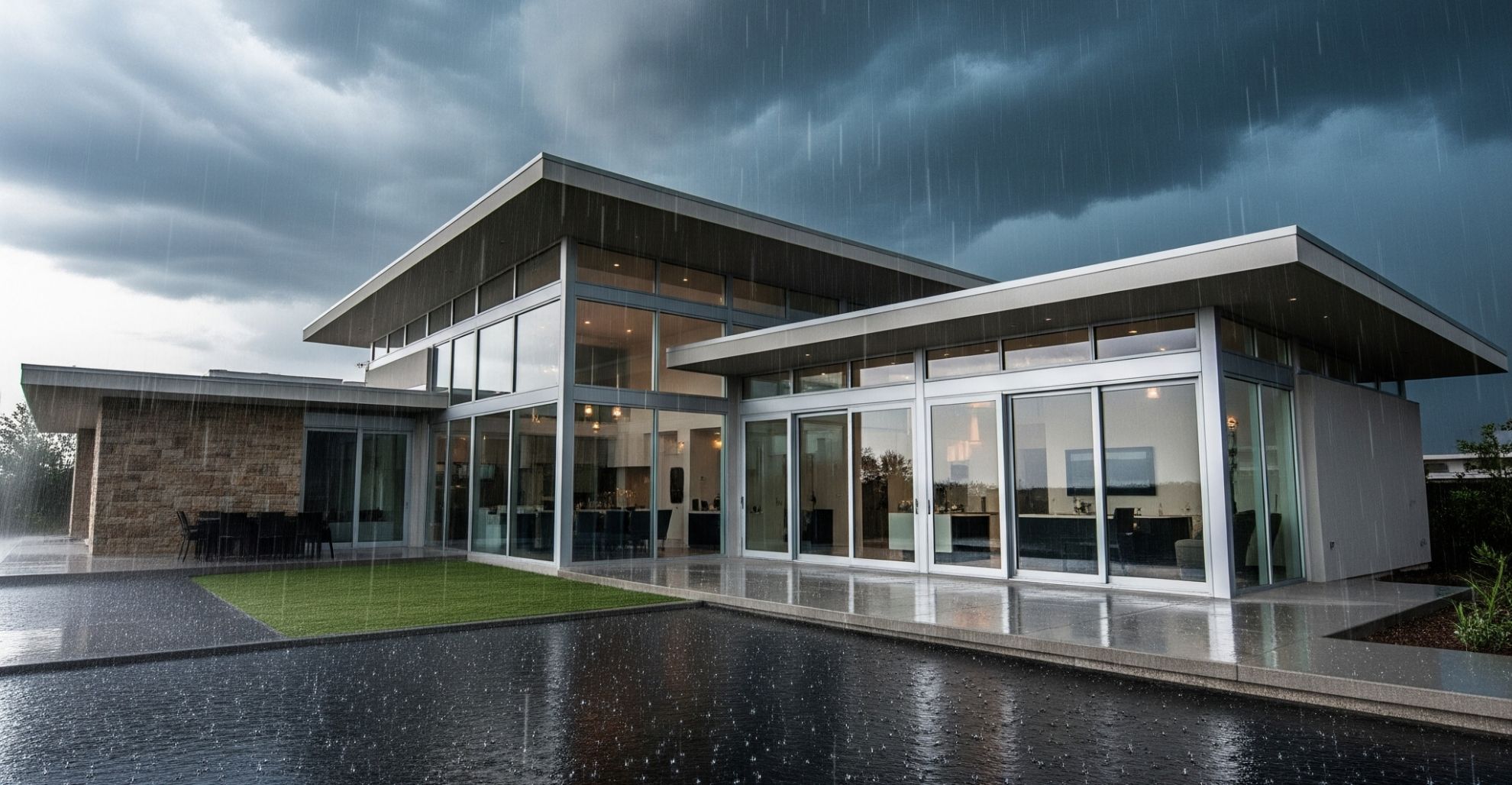Making Buildings Safe During the Rainy Season: Waterproofing and Monsoon Safety Tips
by Babu George
Originally published on September 07, 2025, 8:36 pm, updated on November 12, 2025
scroll downWhy Awareness on Rain Safety Measures is Still Low—and What Every Homeowner Must Know
When monsoon rains arrive, homeowners & commercial building owners with basement often shift from relief to worry. Roofs begin to leak, walls dampen, basements flood, and long-term structural damage creeps in silently. In India, where seasonal rains are both a blessing and a challenge, awareness of rainy season building safety measures is still surprisingly low. Builders and architects repeatedly stress that waterproofing and preventive care remain an afterthought for many property owners.
This comprehensive guide explores the top building safety practices during monsoon, the hidden risks of neglecting waterproofing, and practical tips to make your home rain-ready.
This comprehensive guide explores the top building safety practices during monsoon, the hidden risks of neglecting waterproofing, and practical tips to make your home rain-ready.
A. What Buildings Face During Rainy Season
Rainwater is one of the most destructive natural forces for any structure. Unlike sunlight or wind, water is like a slow poison; over the time penetrates deep into concrete, mortar, and soil. During monsoon, buildings face:
- Hydrostatic Pressure – water collects around foundations, creating cracks and penetrates into basements/foundations
- Capillary Action – moisture climbs upward through pores in concrete in plinth area, leaving damp walls.
- Steel Corrosion – trapped water rusts reinforcement bars, causing concrete to crack.
- Ponding on Roofs – standing water finds weak spots and accelerates leaks.
B. The Awareness Gap in Waterproofing
Despite technology being available, awareness about monsoon waterproofing is poor. Builders & architects highlight that:
- Homeowners prioritize interior finishes over waterproofing.
- Many perceive waterproofing as an “extra cost” rather than essential safety.
- Municipal building codes rarely stress water safety audits.
The result? Repairs after leakage cost 3–5 times more than preventive waterproofing.
C. Smart Design for Monsoon-Resilient Buildings
The first line of defense against rainwater is good design:
- Sloped Roofs/Terraces: Even a small slope ensures rainwater flows towards drains.
- Proper Drainage Systems: Gutters, downpipes, and drainpipes must be sized and maintained.
- Overhangs & Sunshades: Reduce direct rain impact on walls and windows.
- Site Grading: Land around the building should slope away from foundations.
D. Waterproofing Materials That Work
Using the right materials during construction can make or break rainy season safety:
- Concrete Admixtures – reduce water permeability during construction.
- Foundation protection plan: Plan in advance with the help of a good waterproofing consultant how to go about constructing foundation.
- Elastomeric Waterproof Coatings – flexible, brushable systems that resist cracking and have elasticity features.
- Polyurethane/Silicone Sealants – seal expansion joints and window gaps.
E. Areas Most Vulnerable to Rain Damage
Every building has weak spots during rains:
- Terraces & Roofs – cracks + ponding water = leakage.
- Basements – constant hydrostatic pressure.
- External Walls – cracks allow seepage.
- Bathrooms & Kitchens – wet areas need careful waterproofing layers.
- Balconies – flat surfaces prone to rainwater stagnation.
- Sunshades with curbs – prone to rainwater stagnation and leaks thru right angle joints on walls.
F. Preventive Maintenance Before Monsoon
Even a well-built structure fails without upkeep. Pre-monsoon building maintenance checklist:
- Clean terrace drains and gutters.
- Reapply window sealants every 3–5 years.
- Repair cracks immediately before rain water enters.
- Renew terrace coatings as per manufacturer direction.
- Replace broken tiles or loose fittings.
G. Health Hazards of Damp Buildings
Leaky walls and dampness are more than structural issues—they are health hazards:
- Mold Growth – causes asthma and allergies.
- High Humidity Indoors – damages furniture, electronics, and fabrics.
- Mosquito Breeding Grounds – stagnant rainwater leads to diseases.
H. Cost of Waterproofing vs. Cost of Repairs
Waterproofing is often seen as an expense—but it’s an investment.
- Preventive Waterproofing: ₹80–₹150 per sq. ft.
- Post-Leakage Repair: ₹300–₹500 per sq. ft.
- Hidden Costs: property value loss, rental downtime, medical bills.
I. Who is Responsible? Architects, Builders, or Owners?
Making buildings rain-safe requires shared responsibility:
- Architects: Must design rain-resilient structures and educate its importance during construction stage.
- Builders/Contractor: Should integrate waterproofing into construction.
- Owners: Should invest in preventive maintenance.
- Government: Needs to enforce water safety building codes.
J. Quick Monsoon Safety Tips for Homeowners
Here’s a simple rainy season checklist for homes in Kerala:
- Inspect terrace for cracks every April – May.
- Keep all drainage lines unclogged.
- Seal windows and doors against wind-driven rain.
- Apply waterproof coatings every 5 years.
- Call a waterproofing consultant for a waterproofing audit.
K. Climate Change Makes Waterproofing More Urgent
With climate change, monsoon patterns are intensifying:
- Heavier downpours in short durations.
- Urban flooding due to poor drainage and construction in wetlands.
- Rising groundwater causing foundation stress.
Future-proofing requires rainwater harvesting, sponge-city planning, and better drainage systems.
The rainy season should be a season of joy, not anxiety. Yet, due to lack of awareness, many buildings fail the monsoon test. By adopting waterproofing best practices, pre-monsoon inspections, and regular maintenance, homeowners can protect not just their property but also the health of their families.
Making buildings safe during the rainy season is not a cost—it’s an investment in durability, safety, and peace of mind.
Need a pre-monsoon audit? Happy to Help!
Call us now: +919544308555





